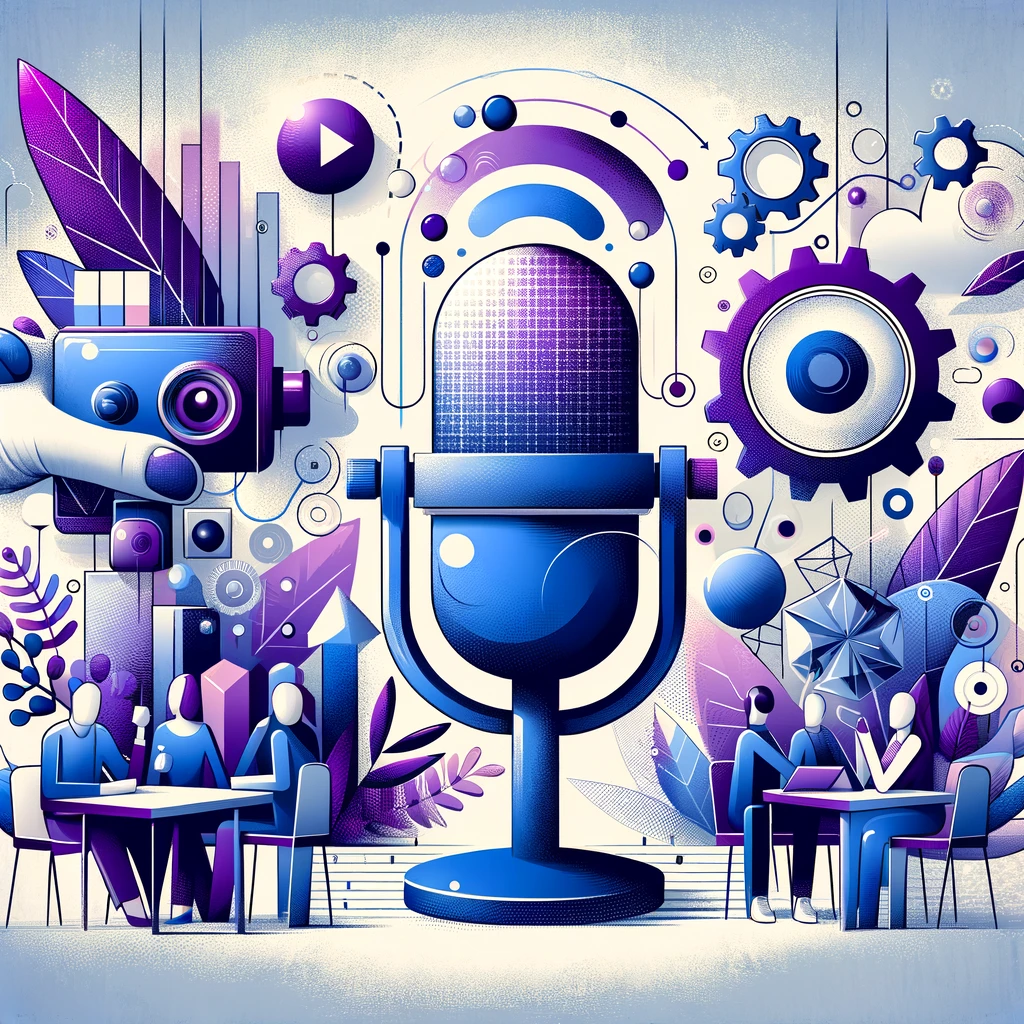The Science of Writing Faster: Boosting Productivity Without Compromising Quality in the Workplace
Why Writing Feels So Slow Sometimes
Writing can feel like one of the slowest tasks ever. You sit down, ready to start, and then suddenly, an hour has passed, and you’ve written one sentence – if that. The blinking cursor seems to mock you, and the pressure to create something great makes your brain freeze. It’s frustrating but also completely normal.
One big reason writing feels slow is that your brain is trying to handle too many tasks at once. You’re juggling grammar, sentence structure, and making a strong argument, all while fighting off distractions. The more pressure you feel, the harder it becomes to get words on the page.
That’s why learning how to write faster without sacrificing quality is so important. By applying a few science-backed techniques, you can train your brain to write more efficiently. And if you ever need assistance, my paper writers can provide guidance while you develop stronger writing habits. Let’s break it down!
How Your Brain Processes Writing
Writing isn’t just about typing words – it’s about thinking, organizing, and expressing ideas. Your brain processes writing in three main stages:
1. Idea Generation
This is where you brainstorm, gather research, and outline your main points. A structured approach to generating ideas is essential, as highlighted in essential writing skills.
2. Drafting
This phase focuses on getting ideas onto the page without worrying about perfection. One way to improve your writing efficiency is by developing better communication skills, which can help with clarity and structure.
3. Editing & Revising
The final stage is where you refine your work, fix mistakes, and ensure everything flows well.
The Problem?
Most students try to do all three at the same time, which slows everything down. The secret to writing faster is separating these stages so your brain isn’t overloaded.

The Power of Outlining
Some students skip outlining because they think it takes too much time. But in reality, a solid outline cuts writing time in half. When you know exactly what you’re going to write, your brain doesn’t have to stop and figure out the next sentence every few words.
Try using a bullet-point outline where you break your essay into sections:
- Introduction: Hook, background, thesis statement.
- Main Points: Each paragraph should have one clear idea with supporting evidence.
- Conclusion: Restate key points and end with a strong final thought.
This method keeps you from staring at a blank screen, wondering where to start. If you’re working on research papers and need extra help, check out these how to boost your brain.
Writing in Sprints
Your brain works best in short bursts. If you try to write for hours straight, your focus drops dramatically. Instead, try writing sprints – short, timed writing sessions that help you stay focused.
Here’s how to do it:
- Set a timer for 25–30 minutes, and write as much as you can without stopping.
- Take a 5-minute break and use it to rest.
- Repeat the process until your draft is done.
First Draft = Messy is Okay
Perfectionism slows writing down more than anything else. If you try to write a perfect sentence on the first try, you’ll waste time editing before you’ve even finished your draft. The key is to let your first draft be messy.
- Don’t stop to fix typos or reword sentences.
- Just get your thoughts onto the page.
- You can always clean it up later during the editing phase.
Eliminating Distractions
Most students lose hours because of small distractions – checking notifications, switching tabs, or rereading the same sentence over and over. To write faster, try:
- Turning off notifications on your phone and laptop.
- Using website blockers.
- Writing in full-screen mode to stay focused.
A Gallup study shows that multitasking significantly reduces productivity. The same applies to writing – constant distractions prevent deep focus. Here’s how to boost productivity and eliminate time-wasting habits.
Using Templates and Sentence Starters
Sometimes, getting started is the hardest part. Instead of struggling with the first sentence, use templates or sentence starters to speed things up.
For example:
- Introduction starter: “One of the most important discussions in [topic] is…”
- Thesis statement template: “This paper will argue that [main point] because [reason 1], [reason 2], and [reason 3].”
- Conclusion starter: “In summary, this essay has explored…”
Using these can jumpstart your writing so you don’t waste time figuring out how to begin.
Editing in Reverse
Once your draft is done, don’t edit from the beginning – that often leads to endless rewording of the first paragraph while ignoring the rest of the paper. Instead, try editing in reverse:
- Start with the last paragraph.
- Work backward through your paper.
This method helps you spot mistakes more easily because you’re not reading in the same order you wrote. It also prevents you from getting stuck on minor edits at the start and forgetting to check the whole paper.
Reading Your Work Out Loud
One of the best ways to catch awkward sentences and typos is by reading your paper out loud. When you hear the words, it’s easier to notice:
- Sentences that are too lengthy or disorganized.
- Repetitive words or phrases.
- Grammar errors you skip over when reading in your mind.
Try it – you’ll be surprised how many small errors you catch.
How Writing Faster Helps in Workpalce and Beyond
Learning to write faster doesn’t just help with essays – it’s useful for emails, research papers, and even daily communication. Strong writing skills are one of the most valuable assets in business, as explained in why writing is essential.
The more you practice writing efficiently, the easier it gets. And if you ever feel stuck, remember that writing is a skill that can be improved with the right techniques.
Final Thoughts
Writing faster without losing quality is completely possible when you use the right methods. By separating brainstorming, drafting, and editing, you take the pressure off and make writing more efficient. Using tools like outlines, sprints, and distraction-free writing can save you hours of frustration.
If writing still feels overwhelming, don’t stress. With practice, you’ll get better and faster over time. And if you ever need help with writing, knowing where to find the right support can make all the difference. Writing doesn’t have to be painful – it just takes the right approach!








